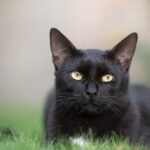Ever wonder which feline companions make veterinarians smile a little brighter during checkups? While every cat has its own charm, there are certain breeds that consistently earn the quiet admiration of the professionals who see thousands of cats each year. These aren’t necessarily the most popular breeds in pet stores or the flashiest ones on social media.
Veterinarians often point to these breeds for their consistent health records. Many of them have fewer inherited conditions and show strong immune system function. Their overall vitality allows them to thrive well into their senior years. Their combination of physical strength, genetic diversity, and balanced temperaments sets them apart. These traits contribute to fewer vet visits and a longer, healthier life. Let’s discover which breeds have secretly won over the hearts of veterinary professionals.
American Shorthair: The Reliable Companion
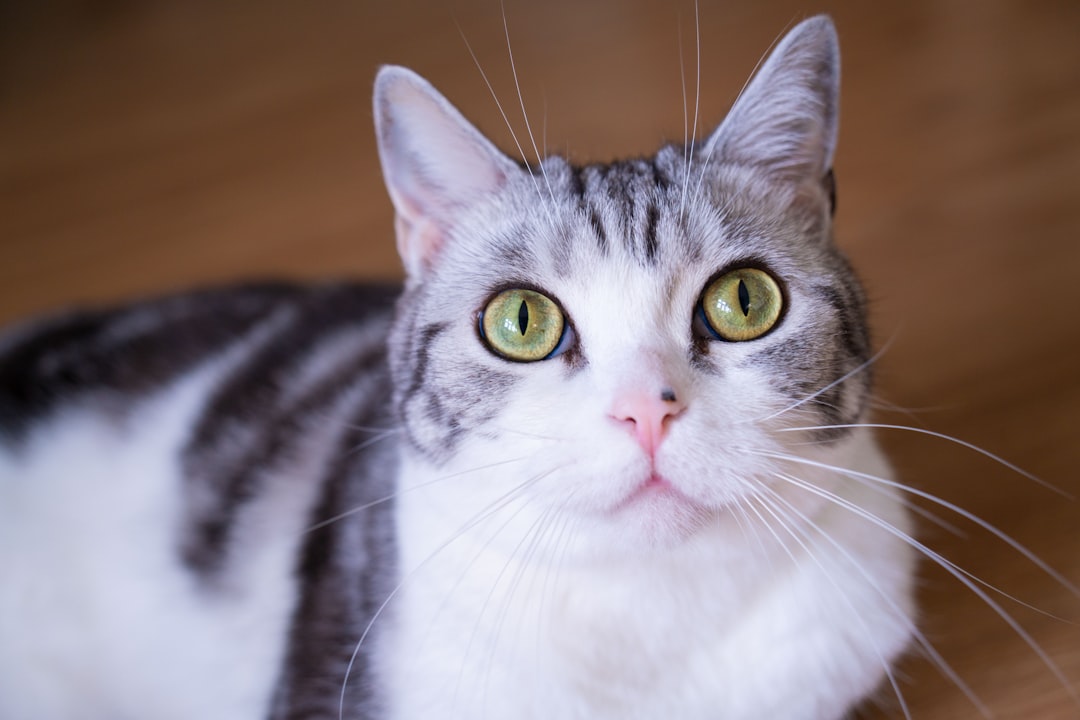
Known for their remarkable hardiness, American Shorthairs boast an impressive lifespan of 13-17 years. These cats developed naturally over hundreds of years, resulting in excellent genetic diversity and few hereditary health issues. Their muscular build and balanced proportions contribute to their overall wellness.
Veterinarians frequently praise their robust immune systems and natural resistance to respiratory conditions that plague many other breeds. With a lifespan of 15 to 20 years, American Shorthairs are not overly vocal, emitting chirps or sweet squeak sounds. Known for their intelligence and even temperament, they prefer chirping over vocalizing and enjoy following their favorite people around. Although gentle with children, they exhibit a lovable yet non-clingy behavior.
Russian Blue: The Elegant Survivor
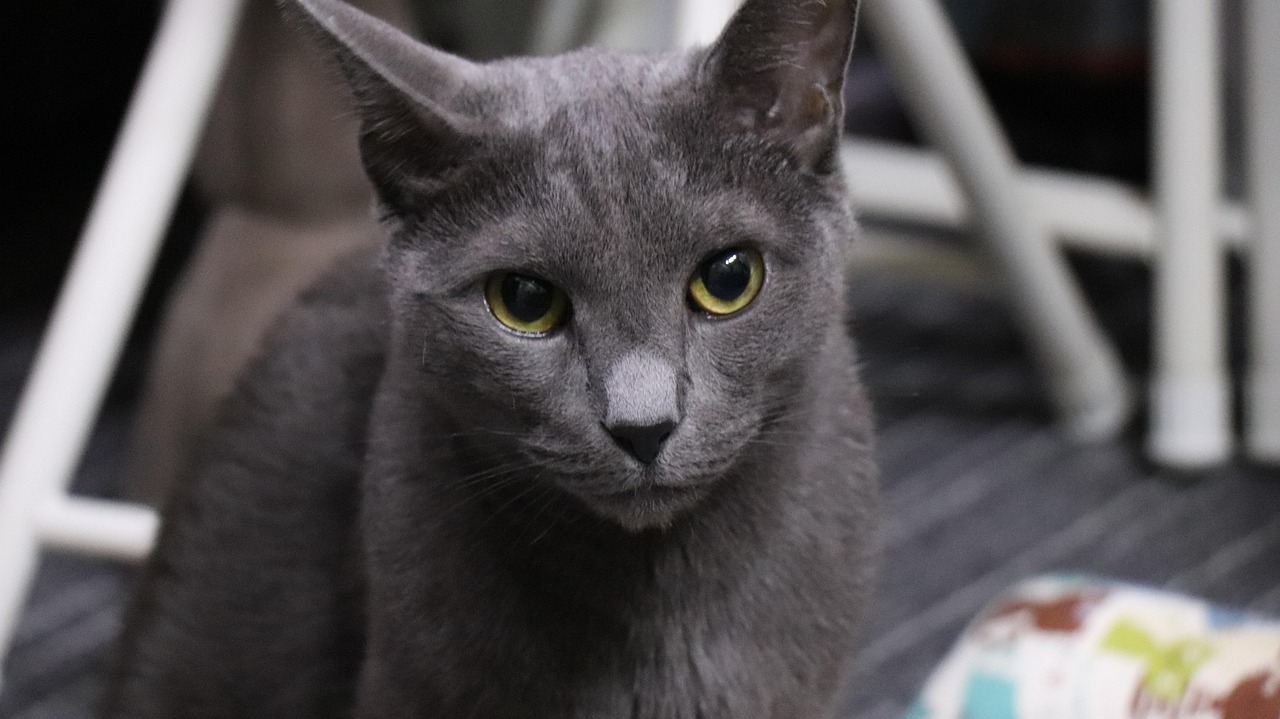
Veterinarians often highlight their consistent good health and predictable temperament. With proper care, these elegant cats regularly live 15-18 years without major health complications. A naturally occurring breed, Russian Blues haven’t undergone extensive selective breeding that can introduce genetic weaknesses. Their moderate build, neither extreme in any physical characteristic, contributes to their balanced health profile and graceful aging process.
With a reputation for being reserved and quiet in nature, Russian Blue cats thrive in peaceful environments and are relatively easy to care for. Their naturally silver-blue coat doesn’t just look stunning – it comes with fewer grooming challenges compared to longer-haired breeds.
Siamese: The Long-Living Conversationalist
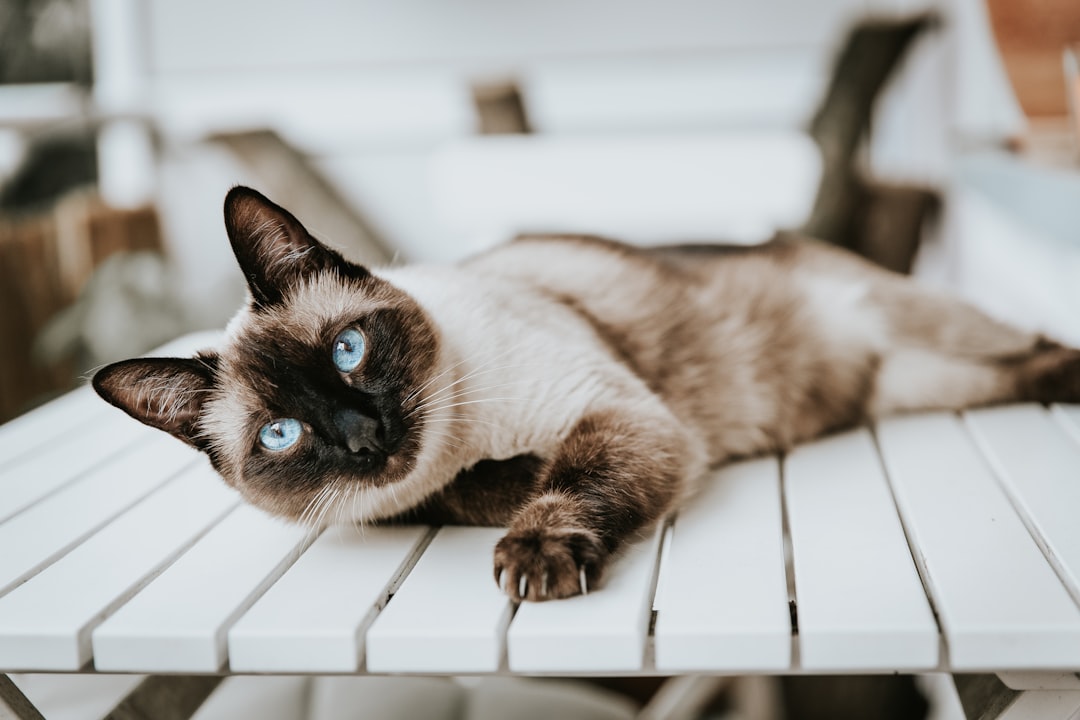
Longevity is a hallmark of the Siamese cat, with many living into their 20s. Their slim, agile frames support healthy joints and graceful aging. Intelligent, spirited, and sturdy, they remain vibrant companions for decades. Veterinary professionals note their lower incidence of heart problems compared to many other purebreds. Their naturally lean body type helps prevent obesity-related conditions that affect many domestic cats.
While Siamese cats are known for being vocal, this trait actually helps veterinarians during examinations. Siamese cats are very intelligent but often require more attention and tend to meow loudly when ignored. Their communicative nature means health issues are often detected earlier than in more reserved breeds.
Maine Coon: The Gentle Giant with Heart

Shaped by rugged New England winters, they’ve evolved into one of the hardiest cat breeds. Despite their impressive size, these gentle giants typically maintain excellent health throughout their 12-15 year lifespan. Their thick, water-resistant coats provide protection against environmental stressors.
Veterinarians particularly admire their sturdy hearts and lungs. While hip dysplasia can occasionally occur in the breed, responsible breeders screen for this condition. Their natural hunting abilities keep them physically and mentally active, contributing to their overall wellness and preventing obesity. Speaking of large, lovable cats, the Maine Coon rightfully earns the title as a gentle giant. Instead, Maine Coon cats are generally happy to cozy up beside you or tag along during your daily activities.
Ragdoll: The Cooperative Patient
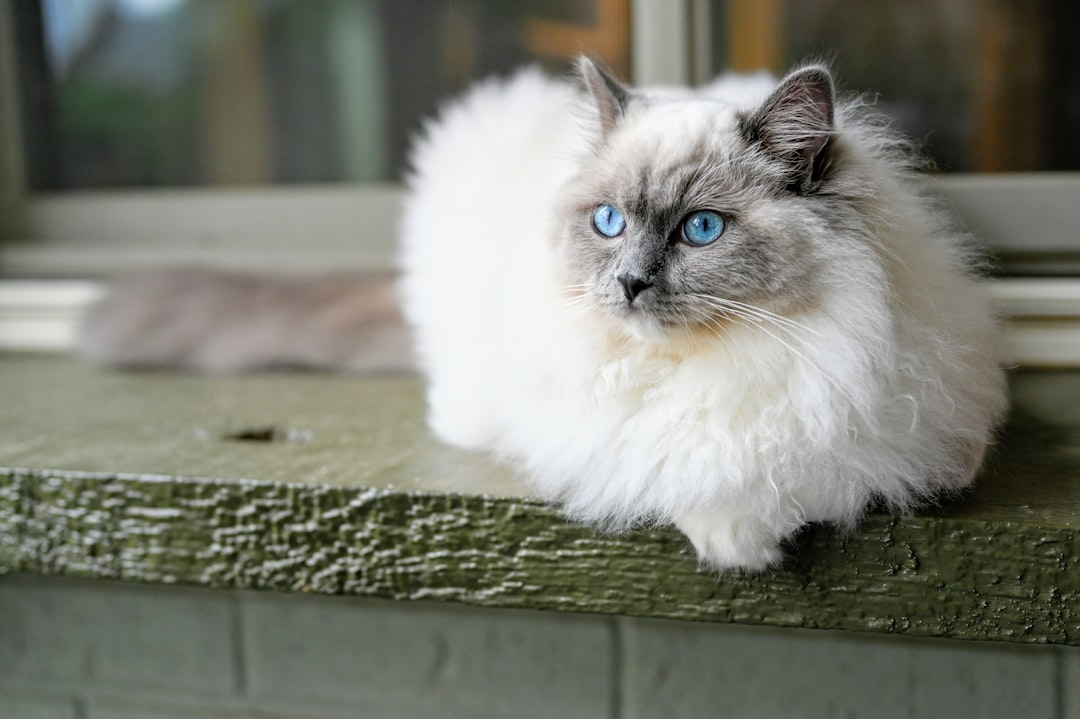
Ragdolls defy their delicate appearance with surprisingly robust health. These blue-eyed beauties typically live 12-17 years with relatively few breed-specific health concerns. Their laid-back temperament reduces stress-related ailments that affect more high-strung breeds. Created in the 1960s, Ragdolls benefit from careful breeding practices focused on health and temperament. Their moderate exercise needs and indoor lifestyle protect them from many environmental hazards that outdoor cats face. Veterinarians appreciate their cooperative nature during examinations, making preventative care easier.
Ragdolls – who adorably get their name for going floppy when picked up or cuddled – are undeniably one of the sweetest cats, says Stephen Quandt, a feline training and behavior specialist, and owner of Stephen Quandt Feline Behavior Associates, LLC. Ragdolls are a docile bunch that prefer to gingerly bat at a toy mouse rather than attack at full gust. That, in addition to their adaptability, makes Ragdolls great companions for families with children and other pets.
Bengal: The Athletic Wonder
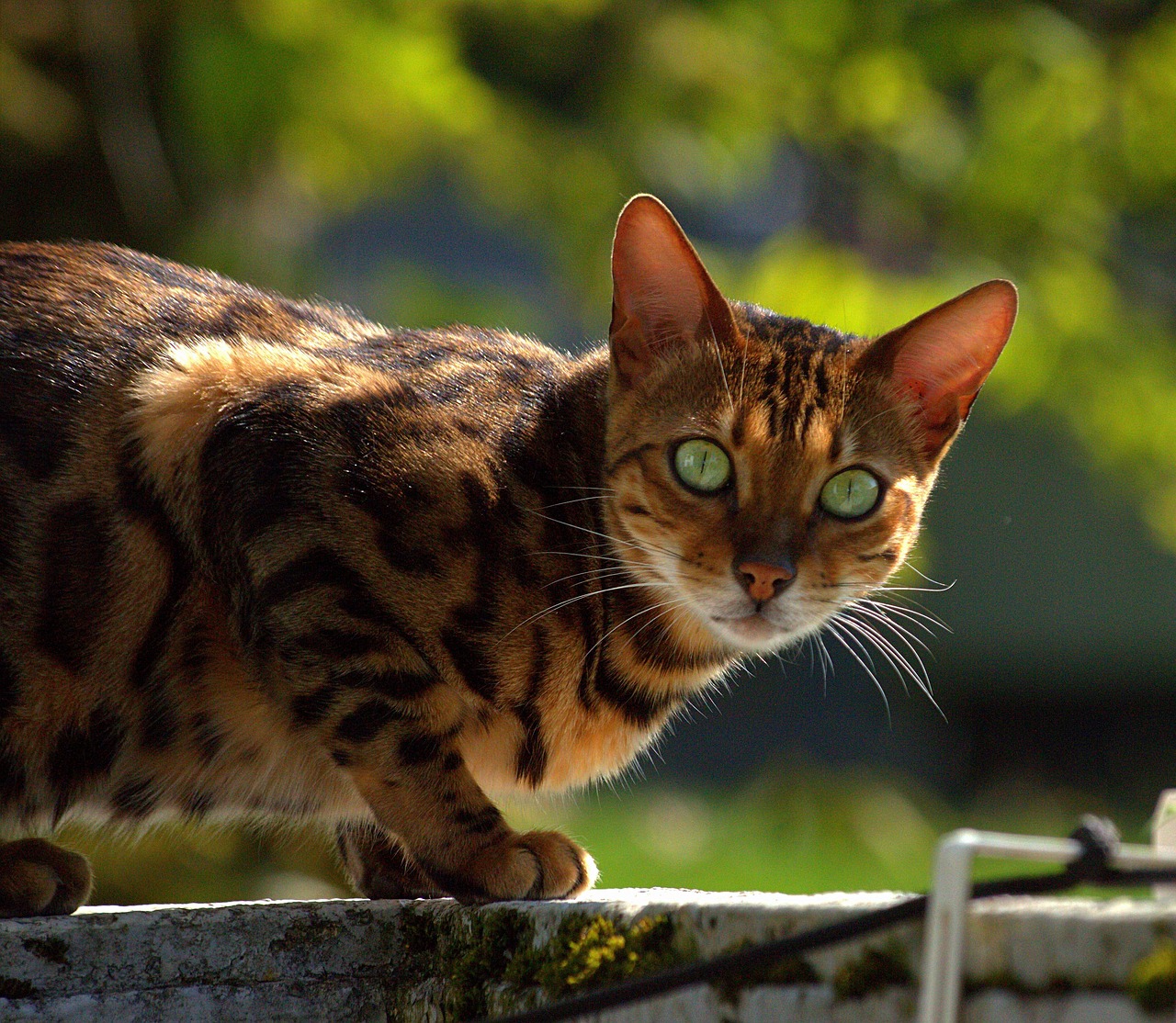
With wild blood running through their veins, Bengals owe their vitality to the Asian leopard cat. This exotic lineage strengthens their immune system and keeps them resilient against disease. Their nonstop energy fuels lean bodies and well-toned muscles. Unlike many domestic breeds, Bengals rarely develop obesity-related conditions.
Bengal cats are generally healthy due to being a hybrid of several different breeds. Experienced breeders use selective breeding to reduce the risk of their cats contracting many diseases more common in the parents. Bengals are generally healthy because of their selective breeding. Typical ailments found in all housecats are still common, like obesity and dental disease. Due to their high activity levels, this breed requires more calories than most others to meet their nutritional and energy needs.
Egyptian Mau: The Natural Athlete
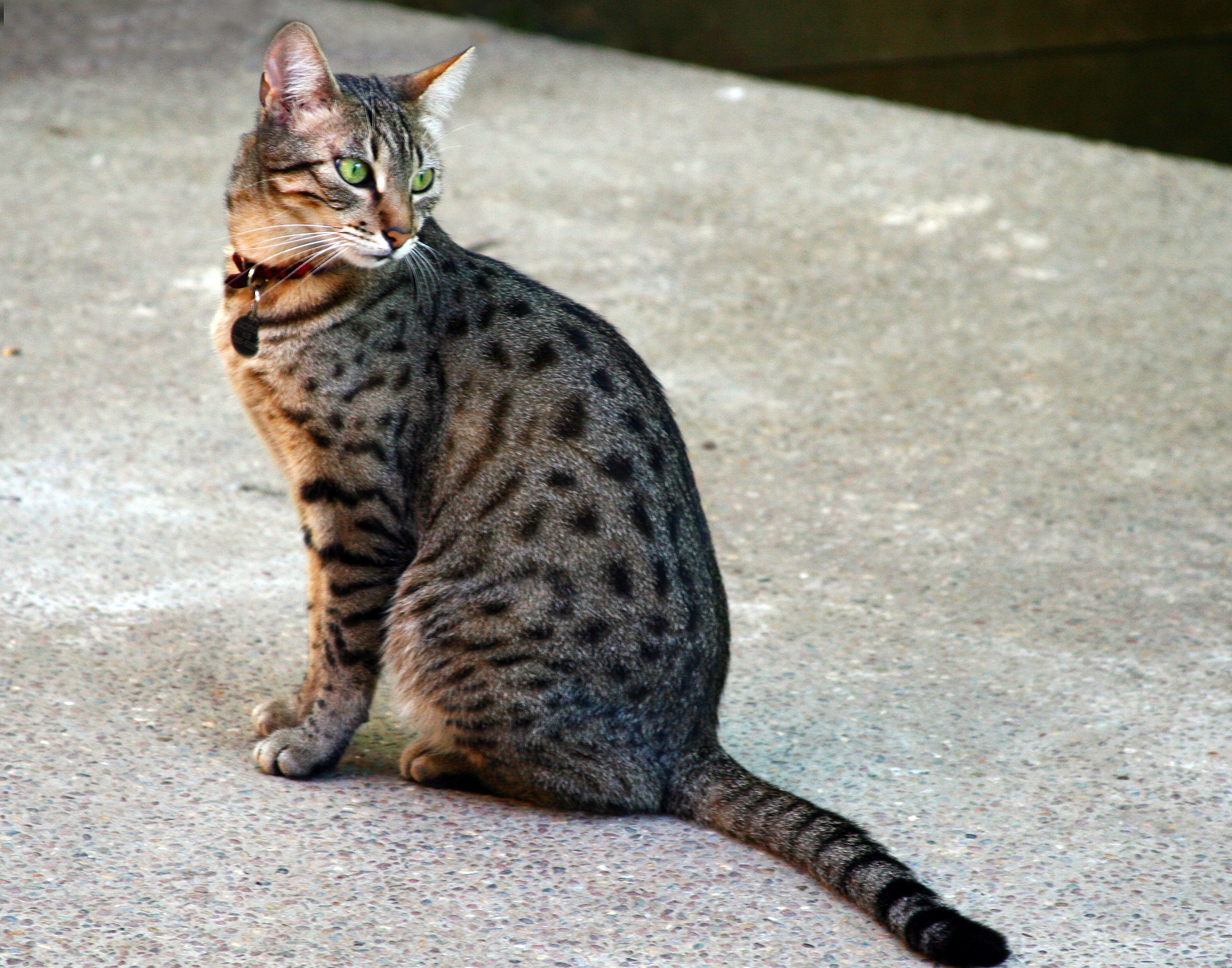
The Egyptian Mau is a charming and healthy cat breed distinguished by its historical significance and robust health. Their natural agility and strong immune system make them a remarkable and easy-care companion for cat lovers. With responsible care and regular veterinary care, you can look forward to many years of happiness with your Egyptian Mau.
These cats enjoy fun of all kinds, but they truly enjoy running and jumping. This breed holds the land speed record for domesticated cats: Egyptian Mau cats have been clocked at 30 miles per hour! These cats appreciate toys just as much as other active breeds. They’ll happily play by themselves, and they enjoy interacting with you, as well. Both breeds are also quite healthy, with long life expectancies, and are easy to groom, with the Egyptian Mau’s short fur being slightly simpler to deal with.
Abyssinian: The Intelligent Companion
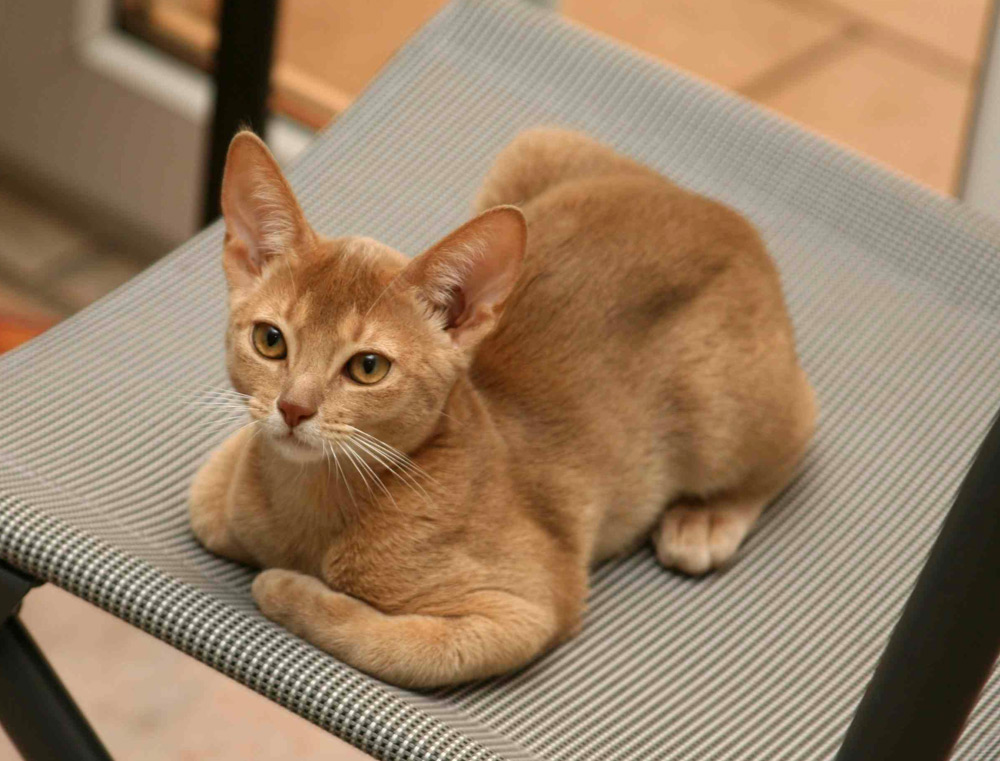
The Abyssinian is one of the oldest breeds of domesticated cats, but its real ancestry is lost in time. Romantic tales call it the cat from the Blue Nile saying it is a direct descendant of the sacred cat of Ancient Egypt because it resembles the cats depicted in Egyptian murals and artifacts. This breed is an absolute joy as a pet. Active, intelligent and inquisitive, it is also great with kids. Abyssinians like to know what you’re up to a lot of the time and, being super-friendly and patient with children, they enjoy human company – as long as the human is willing to give them the attention they demand!
Abyssinians are known to many as the “wash and wear” cat. Their grooming requirements are low as they shed very little and have a short, easy-to-maintain coat. An occasional brushing is all that is required to eliminate dead hair and an intermittent rub down with a cold damp cloth will also help to keep their coat glossy and in good condition. The idea of training a cat may seem hilarious, but the curiosity and intelligence of Abyssinians make them highly trainable. Some can even be taught tricks or to walk on a leash and harness. Training and playing games are perfect ways to direct their affectionate energy.
Conclusion

These eight breeds represent something special in the veterinary world – cats that combine good health with wonderful temperaments. They’re not just easy to examine; they’re genuinely enjoyable patients who often live long, fulfilling lives with fewer medical complications.
What makes these breeds particularly beloved isn’t just their physical health. It’s their balanced personalities, their adaptability to various living situations, and their ability to form strong bonds with their human families. Each of these cats brings something unique to the table, whether it’s the Maine Coon’s gentle nature or the Bengal’s athletic prowess.
What do you think about these veterinary favorites? Have you had experience with any of these remarkable breeds? Tell us in the comments.
Hi, I’m Andrew, and I come from India. Experienced content specialist with a passion for writing. My forte includes health and wellness, Travel, Animals, and Nature. A nature nomad, I am obsessed with mountains and love high-altitude trekking. I have been on several Himalayan treks in India including the Everest Base Camp in Nepal, a profound experience.

